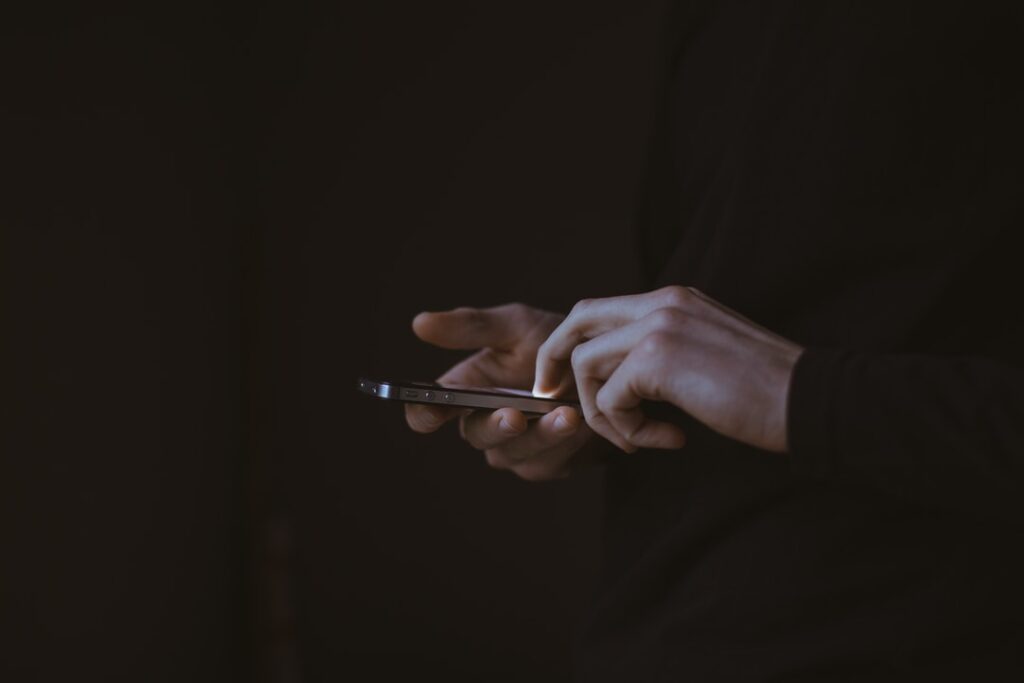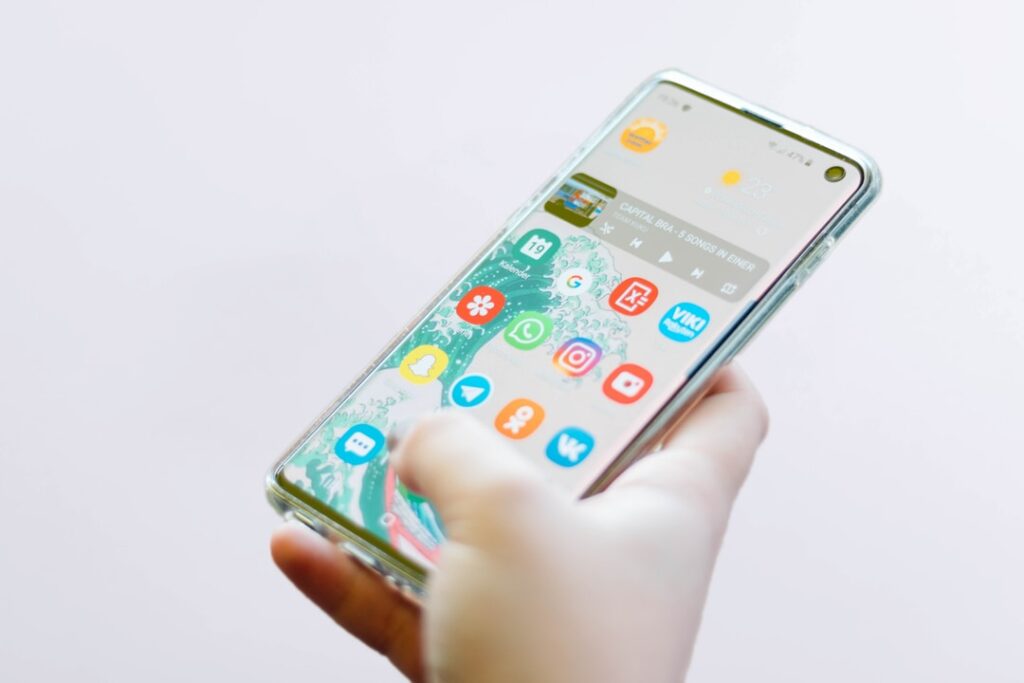It’s always surprising how endless gigabytes of space can be full in a short while. Unfortunately, this is the reality of several device owners. Digital clutter can stifle workflow, causing apps and web browser pages to slow down. Sometimes, you want to free your device of large temporary files but where to start becomes the problem. Here are three ways to minimize digital clutter.
1. Break up with old files.

Whether you’re drafting a one-page letter, downloading documents or images, or designing an 18-hour creative project, almost every activity you perform on your device ends up taking storage space. In addition to this, some programs like Photoshop store all its temp files on scratch disks which lurk around on your device. No doubt, the more you keep these temporary files (or junk files) on your device, the less likely it is to perform at peak efficiency.
It’s essential to purge your old files by facilitating regular disk cleanups. Still, many users have the mindset that they may need their downloaded digital content sometime later, which they seldom do. Setting specific dates for your cleanup exercises can be an easy way of surviving this mentality and freeing your digital life. If it helps, add reminders to your Google calendar to notify you of your periodic cleanup schedules. You can set a benchmark date and delete any downloaded digital content you may have outgrown.
Setting up your creative workspaces to automatically flash out unnecessary files is also a good idea.
You can also save a good amount of free space by practicing proper file storage and usage culture. Dealing with fast-read content on the go and storing important files you only need on rare occasions in Google drive will be a convenient way to create enough space on your devices.
2. Make it easy to find items.
Using a visual bookmarking manager is another effective way to declutter digital files. Often, the problem with digital clutter is that many people have little knowledge of their storage paths. That’s why we sometimes end up with several duplicate files and conflicting folders bearing the same name. You can set up a visible folder system by renaming and sorting out your digital files. It improves your file structure, making it easy to find items.
Visual bookmarking can be a better option if you find yourself sifting through endless tabs in your Chrome Web browser or desktop.
Platforms like Bublup make everything visual, making it easier to identify titles and organize folders. Besides the simplicity of organizing downloads, visual bookmaking apps can be a great option to enhance collaboration on a specific tab. Additionally, enhanced collaboration is a good idea, especially in today’s post-covid business world, where remote working continues to gain traction.
3. Manage storage needs in-app.

Defragmentation or defragging can be a quick way of freeing space on your hard disk, but how do you repeat the same process on your phone or computer without losing your apps? You can manually clear the cache of highly active apps on your phone, such as your social media apps. However, note that many apps offer users two decluttering options, but you might lose your log-in details depending on the option you choose. You can also leverage disk cleaning apps to help you manage your decluttering needs from a single unit.
In conclusion, digital clutter doesn’t only slow down your device’s functions or impede workflow. It can increase your stress levels, leaving you susceptible to anxiety and other mental health disorders, which has increasingly become an area of concern in today’s fast-paced world. It pays to adopt the best digital file usage practices in your quest to minimize digital clutter.